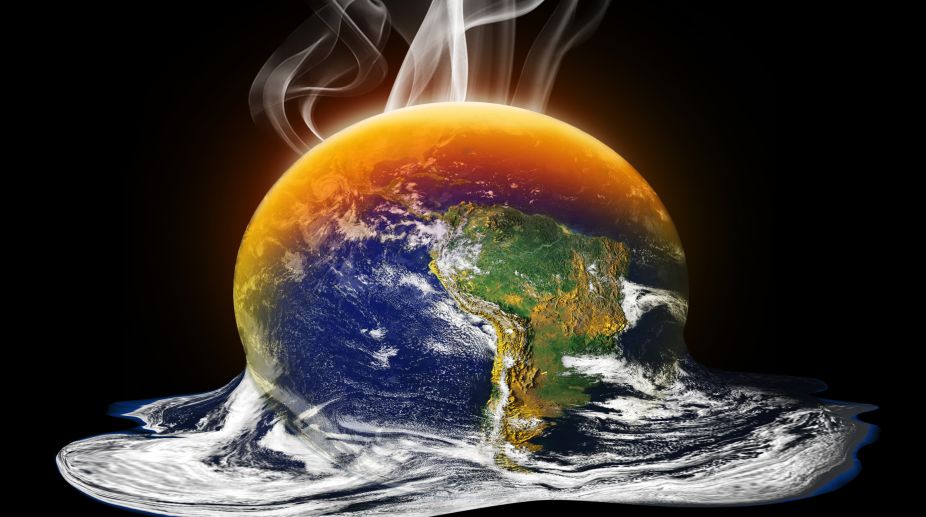Human negligence and greed are responsible for the environmental degradation. The world observes World Environment Day every year on 5 June, but little is being done to save the planet except rhetoric.
Growing concern over the climate change, carbon emissions, rise in pollutants, depleting green-cover and groundwater, exhausting non-renewable sources have led the environmentalists, activists and world leaders to the discussion table. Paris Climate Agreement, which US President Donald Trump recently announced to exit from, is one of the international pacts in this direction.
Advertisement
“Usually a Day is observed to remember someone who is no longer with us. Environment doesn't need a special day to be remembered. It is important that we remember the environment everyday and work together to tackle environmental problems on daily basis,” says environmentalist Vikram Tongad.
Tongad stresses on adopting environment-friendly methods such as planting trees, organic farming, minimal use of vehicles, stopping mining at riverbeds, hilly terrains, disposing of garbage at waste disposal places only etc.
Even as a lot needs to be done, the humans have taken some small steps to save the environment. Here they are:
1. Renewable energy use
Due to the replenish and clean nature of solar (sun), wind and hydro energy, these sources could be harnessed 365 days to meet households, industries, and commercials power demand.
Solar rooftops, solar parks, solar run cooking stoves, solar-run streetlights, solar run inverters, solar-run mobile phones to solar-run bikes are transforming the world. Wind energy is mostly being used by commercial companies. Hydro energy is the biggest source of power-generation in many hilly states.
2. Electric vehicles
India is planning to have all-electric vehicles by 2030 to curb vehicular pollution. And Nashik city has already begun its all-electric taxi line. It is the first city in India to do so. From Mahindra & Mahindra, Toyota, Hyundai, Nissan, Maruti Suzuki, Tata motors to BMW, all are investing in hybrid (half fuel and half electric) or all-electric vehicles.
3. Emission Standards
With effect from 1 April 2017, all vehicles in India that ply on roads have to be compliant with Bharat Stage-IV (BS-IV) vehicular standard. Bharat Stage IV regulates the emissions from the vehicles including motor vehicles. By 2020, India will adopt BS-VI skipping BS-V.
4. Digital Mode
Cashless payments, too, have saved tonnes of CO2 emission in India. Digital payments save reams of paper and thus trees.
5. Energy-Efficient products
Energy efficient products such as LED bulbs, solar-run LED study lamps for poor students, no-cell watches and energy-efficient air conditioners are small steps which an ordinary citizen can take. Not only they save money, they are also environment friendly.
6. Sustainable buildings
Houses are turning eco-friendly too with use of products such as fly-ash bricks and bagasse (a fibrous residue leftover from the process of extracting the sweet juice from sugarcane stalks) tiles. Buildings with green roofs, rainwater harvesting, renewable energy, double-glaze windows for better cooling and cut-outs for maximum penetration of daylight are also being designed in large numbers.











